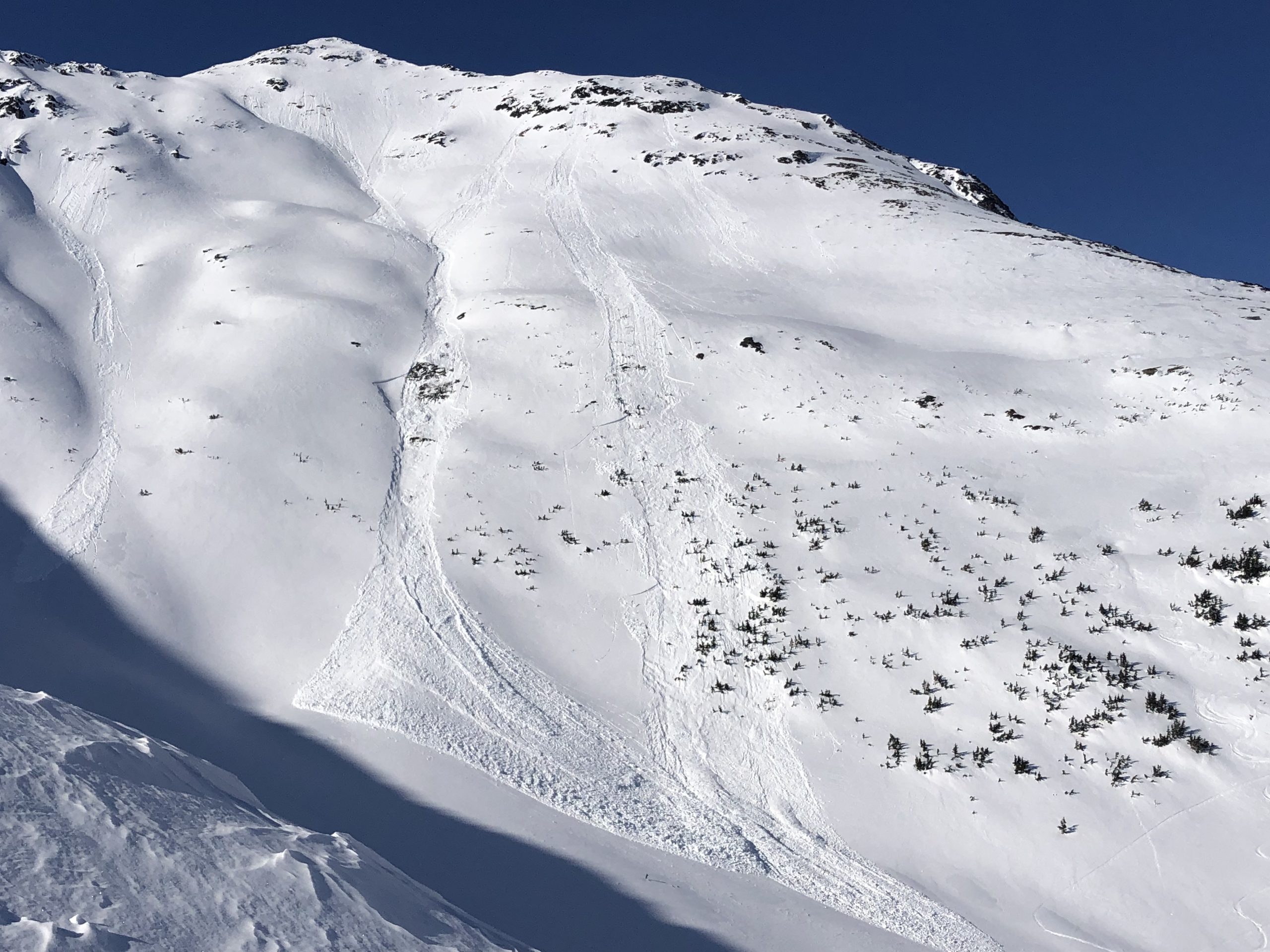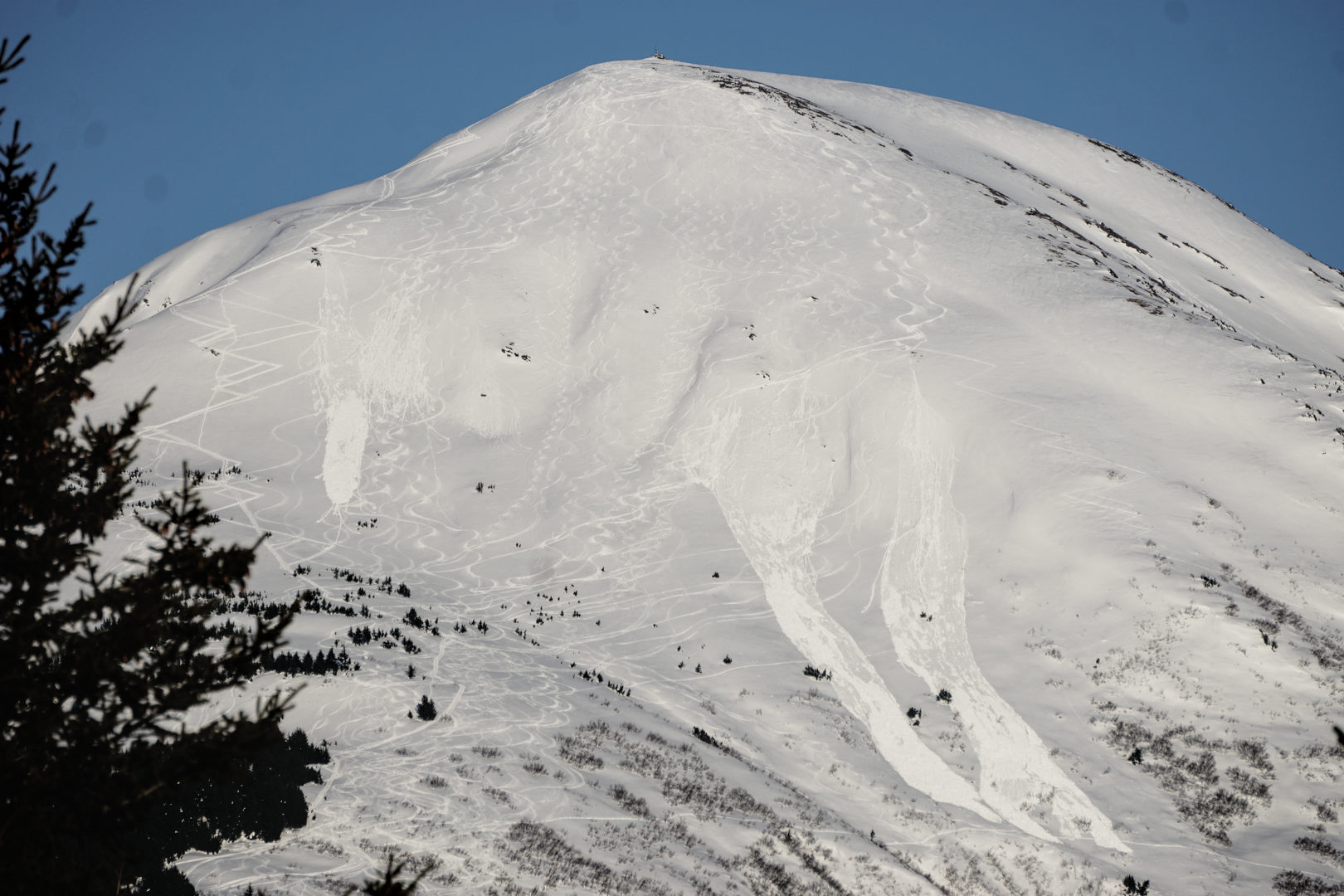Turnagain Pass
|
|
The avalanche danger is MODERATE above 2500′. NW winds are picking up this morning which could make natural or human triggered avalanches up to 1′ deep possible at upper elevations. We expect these to be isolated to higher elevation ridgelines and areas that are exposed to gap winds like along Turnagain Arm. On the southern end of the forecast zone near Johnson Pass the snowpack is generally weaker and triggering an avalanche on a deeper weak layer is possible. Below 2500′ the avalanche danger is LOW.
SUMMIT LAKE / LOST LAKE / SNUG HARBOR: NW winds picking up this morning will increase avalanche danger in areas with any soft snow remaining that could be transported by the wind. In areas with a thinner and weaker overall snowpack like Summit Lake, this could make deeper weak layer more active again.
Turnagain Pass Avalanche Awareness Day – Mar 18, 2023: Mark your calendars and swing by on your way to or from your backcountry ride or ski!! Test your beacon skills, chow down on hot dogs, and bring your questions for CNFAC forecasters. The Alaska Avalanche School will be there along with a chance to demo snowmachines from Alaska Mining and Diving Supply and Anchorage Yamaha and Polaris. More details HERE!



